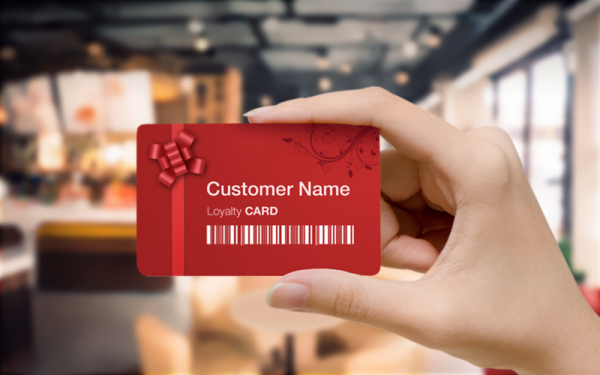
By Tamara Haslam, Head of Sales, AURES UK
For any type of consumer-facing operation, repeat business is good business. With the costs of encouraging existing customers to come back so much lower than attracting new business, loyalty schemes consistently offer great value compared to most other marketing strategies.
In terms of keeping customers happy, loyalty schemes tick the right boxes. Many people naturally gravitate towards certain favoured brands anyway, so a loyalty programme simply builds on natural habits.
Consumers also like to feel valued, so being rewarded for giving a company their custom encourages them to return.
Let’s not forget, people also like a bargain, so any kind of scheme where they get a discount or financial incentive is bound to win favour.
For all these benefits, however, it is also important that any loyalty scheme chosen works for the business too. In an attempt to incentivise customers to keep coming back, many businesses have fallen foul of trying to run programmes that are overly complicated and cumbersome.
When the administrative burden of running a scheme becomes too big, the potential benefits end up being undermined.
Automatic advantages
In recent years, loyalty cards have emerged as the most popular method of running a customer rewards programme. Once the domain of large chains, more and more smaller businesses have started to adopt ‘store cards’. The big attraction of loyalty cards is that they automate much of the administration of the scheme. Once issued, technology does the rest – cards are scanned with each new purchase, and software applies any relevant discounts or adds points to the customer database.
The reason why more and more businesses of all shapes and sizes have been able to adopt loyalty cards is because the necessary technology has become more readily available. To run a loyalty card scheme successfully,integration with POS is essential.
Across retail and hospitality, the emergence of increasingly specialized POS software has helped to make launching a loyalty card easier than ever. With a focus on providing niche features for different market sectors, many businesses find that new POS platforms they have installed are already set up to run a card scheme.
A café owner might find that they can automatically offer a free coffee for every five bought simply by ticking a box in their POS system settings. A fashion boutique might similarly be able to run a ‘platinum membership’ scheme for regular customers which automatically applies a 10 per cent discount to all purchases, or applies sales prices a week before they are available to other customers.
Hardware options
The other essential piece of the jigsaw is the ability to scan and read loyalty cards at point of purchase, and thereby activate discounts and points tally up in the system. There are now many different hardware options available to businesses. Swipe card readers and barcode or QR laser scanners are traditionally the most common way to quickly identify and update a customer account from a loyalty card.
But other options now available include RFID contactless readers, using the same technology as contactless payment cards and aligning loyalty scheme administration closely with transaction processing. There is also now the potential to replace loyalty cards with a loyalty app, using the same NFC contactless reader technology to connect with the app at point of sale as is used for digital wallet payment transactions.
With a multi-format card and contactless reader as part of their POS hardware, companies can now easily adopt any of these options for administering their loyalty programme, without the need for and extra equipment in addition to their payment processing terminals.




